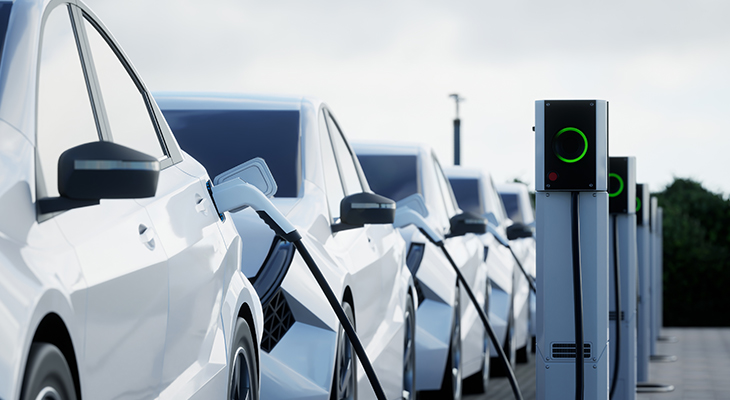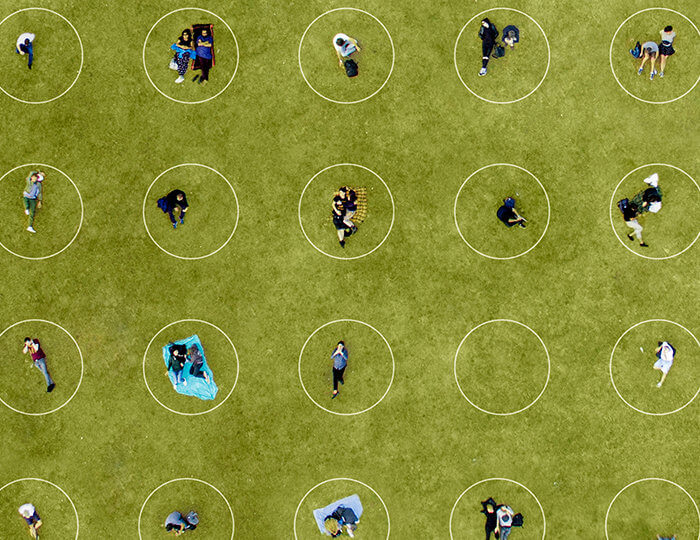NEWS • 2024-10-07
Government subsidies may lock in unsustainable practices
Government subsidies for business practices and processes should be approached with caution, even when they seem to be environmentally friendly, writes a group of scientists and economists in this week’s Policy Forum in the journal Science. They argue that subsidies can change market forces in ways that cause unexpected problems.

Photo: IStock
Government subsidies for business practices and processes should be approached with caution, even when they seem to be environmentally friendly, writes a group of scientists and economists in this week’s Policy Forum in the journal Science. They argue that subsidies can change market forces in ways that cause unexpected problems.
This can lead to harmful subsidies continuing over time and reduce the effectiveness of subsidies meant to support environmental sustainability.
Therefore, when they must be used, subsidies should have clear end-dates, advise the authors, a group of internationally leading economists, ecologists, geographers, psychologists, and other scientists who convened for the Beijer Institute’s annual Askö meeting in 2022, in Sweden.
“We’ve got this odd juxtaposition of trying to get rid subsidies in some sectors, and then ramping up subsidies in others,” says lead author, Kathleen Segerson, Professor of Economics at the University of Connecticut and member of the Beijer Institute scientific board. “The question that interested me was: is this a good thing or a bad thing?”
Money well spent?
Subsidies can be powerful motivators that further environmental and sustainability goals, say the authors. They can also provide a more politically feasible way to enact change than introducing new laws or taxes. However, the authors explain that some subsidies that seem to promote sustainability can have negative spillover effects.
Take the case of Electrical vehicles (EVs). Switching from gasoline-powered cars to EVs reduces greenhouse gas emissions. However, when subsidies for EVs and their technology create more inexpensive EVs, that market will expand, which leads to more cars being produced and heavier traffic. But if subsidies instead went to increased infrastructure for and access to public transportation, more people might get rid of their cars, making the net positive environmental impact much greater.
Beijer Institute director Carl Folke, co-author of the article, emphases the long-term perspective of subsidies: “Subsidies are often viewed as quick solutions, but they can entrench unsustainable practices if not carefully designed. The real challenge is to ensure that they promote genuine resilience and sustainability, rather than locking us into the very problems we are trying to solve.”
Many subsidies in place for decades have long been identified by economists and environmentalists alike as actively contributing to climate change and biodiversity threats. For instance, G20 leaders pledged over ten years ago to phase out inefficient fossil fuel subsidies, estimates suggest that $1.3 trillion in global subsidies remained in 2022. This is largely due to vested interest and political pressure from corporations that benefit from these subsidies.
How to avoid draw backs
From an economic efficiency perspective, it’s often better to tax activities that generate negative effects, such as a carbon tax —but they are a hard sell.
Still, subsidies can be useful tools, and the authors advice policy makers to incorporate strategies to prevent the lock-in of unsustainable practices when implementing government subsidies. This includes ongoing assessments and the use of time limits or phase-outs. Additionally, subsidy policies should consider the impacts on vulnerable groups to minimize resistance to change.
Co-author and Beijer Institute programme director Therese Lindahl concludes:
“The pressing need to tackle climate change and protect biodiversity highlights how crucial it is to have smart subsidies that can be adjusted or ended when needed. This approach can drive the transformative changes we need without getting stuck in inefficient practices.”
Reference: Segerson, K., S. Polasky, M. Scheffer, U. R. Sumaila, J. C. Cárdenas, K. Nyborg, E. P. Fenichel, J. M. Anderies, S. Barrett, E. M. Bennett, S. R. Carpenter, B. Crona, G. Daily, A. de Zeeuw, J. Fischer, C. Folke, N. Kautsky, C. Kremen, S. A. Levin, T. Lindahl, M. L. Pinsky, A. Tavoni, B. Walker, and E. U. Weber. 2024. A cautious approach to subsidies for environmental sustainability. Science 386(6717)
NEWS



